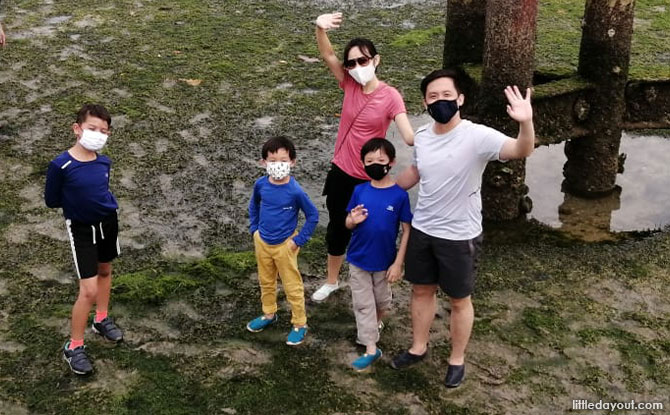
If there was one thing to put on the local bucket list, it would be the Chek Jawa Intertidal Walk. It is highly challenging to secure a booking for it – and it’s totally worth your while!
We first learnt of the six distinct ecosystems at Chek Jawa during our visit last year. Our guide from NParks, Alan, told us about the chance to get onto the intertidal zone during low tides. As the intertidal zone was part of a restricted area to help protect the coast, permits are required for any walks conducted.
While walks were cancelled last year, they have since resumed. We were thankful for the opportunity – after much persistence, we managed to book the highly-coveted spots for the Chek Jawa Intertidal walk.
As the walks are dependent on tide timings, these excursions tend to be either in the early morning or in the late afternoon.
Year-end Holiday Camps: Discover Fun and Exciting Camps for Kids; Book Early
Farm Fright: Join City Sprouts For Their Halloween Bash On 26 Oct
Meeting at Chek Jawa at 8 am, for families with young children, can be rather daunting. However, fuelled by the prospect of another visit to Chek Jawa, we set off at 6 am to catch the first ride out of the mainland by bumboat ride to Pulau Ubin, followed by a van ride to Chek Jawa.
Four Fantastic Reasons Why the Chek Jawa Intertidal Walk is a Must-Do
1. Chek Jawa Shoreline is Usually Out-of-Bounds to the Public
A permit is required to enter the sandbar and intertidal zone at Chek Jawa. Access is restricted to protect the shore and prevent any unnecessary footprint from damaging the ecosystem. We are told that the number of dugong sightings has decreased over the years which might indicate more conservation efforts needed in this natural sanctuary.
Obviously, what is harder to get to is always more enticing. In this case, it is not impossible to book spots for the guided walks. You just got to be extra quick, move as fast as the fiddler crabs!
2. The Marine Life at Chek Jawa is extraordinary
The wide expanse of the intertidal zone is probably the largest in Singapore. Because of the unique ecosystems all around, there is wildlife teeming. From the skies to the seas, you can see everything wild and wonderful! There were many kinds of birds we heard and saw – kingfishers, herons, pacific swallows, straw-headed bulbuls. As we stepped onto the sandy and muddy banks, we could observe up close the sea creatures the seekers found.
From molluscs, sponges, ascidians, crustaceans to echinoderms, there’s aplenty to see and learn. I found myself learning along with my children with live specimens right in front of me.
One tip we have is to look into the tide pools and observe the creatures in them. Stay still, don’t move too much as hermit crabs, goby fish, fireworms can be seen moving about perhaps trying to stay hidden from curious eyes.
Here are some of what we saw:
Baler Shell Snail, a huge carnivorous snail. It had a slimy shell preventing barnacle growth. Check out its “squirting” siphon.
Different sea cucumbers. These include an apple cucumber, ball cucumber and a creepy synaptic cucumber
Huge Thunder Crab – keep your hands away!
The boys’ favourite: Fireworm, do not touch, it pricks!
A sea-hare and its pink thread of eggs, horse-shoe crab moulds
Purple Sponge, Peacock Anemone, Thumbs Up Sea Squirt
Yellow clustered bead ascidians.
3. It Has Unbeatable Scenery
Chek Jawa a sea of calm early in the morning. As the distance of the sea is far away from the shoreline during low tide, you can’t hear the boats, ships nor have human traffic disrupt the sounds of nature.
It is so serene listening to the birdsong while enjoying the views.
Standing in the intertidal zone (or the boardwalk) immerses you in the wild, close enough to the sea, safe from the waves while leaving you awe-struck with the reflection of the skies onto the clear waters.
4. Experience the Different Ecosystems at Chek Jawa
First, we walked through the coastal forest, then past the mangroves onto the Coastal Loop. The walk culminated in the intertidal walk – definitely the highlight for all of us.
The trip to the intertidal zone was a great way to experience the six eco-systems at Chek Jawa and more about how the different species were interdependent in the entire eco-system.
For instance, the wildlife on the shores wouldn’t exist if the mangroves weren’t there to protect the shoreline. Likewise, the wildlife in the forests would not be teeming if not for the marine life to feed on.
How to Book the Guided Tour to Chek Jawa Intertidal Zone
There are four windows per year open for the Chek Jawa Intertidal guided walk – look out for the dates and get ready midnight of the 1st of the month. For details, check updates here. You can book groups, with a maximum of 5 per group at a rate of $60.
This does not include the cost of transport to get to and fro Chek Jawa from the mainland. For more information on how to get to Chek Jawa, click here.
Tips on Appropriate Dressing for the Guided Walk at Chek Jawa
Be dressed to be in the wild. Long sleeves and pants (hiking pants), with covered shoes, are highly recommended. There will be mud, and sand – but there are washing points near House Number One post-walk.
A good repellent would also help keep the mosquitos at bay. Of course, staying mobile would also prevent a bloodbath. Do not touch any creature without your guide’s instructions. Some creatures can be venomous and sting!
Avoid bringing plastic bags and openly carrying food in the wild as long-tailed macaques are nearby. Wild boars are also often seen at the entrance of Chek Jawa. Tempting them with food interferes with their ability to hunt for food.
All the best and we hope you will get the precious opportunity to be part of the Chek Jawa intertidal walk!






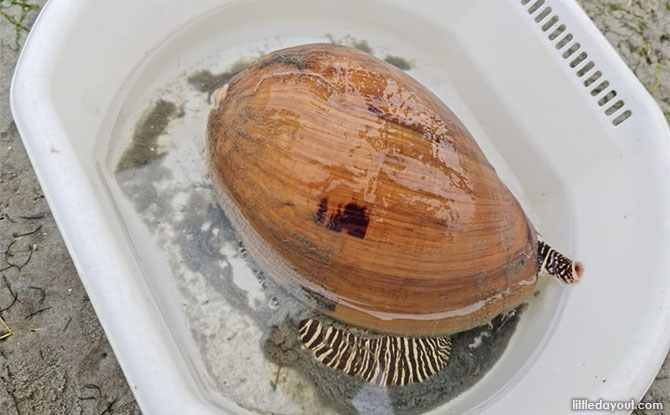
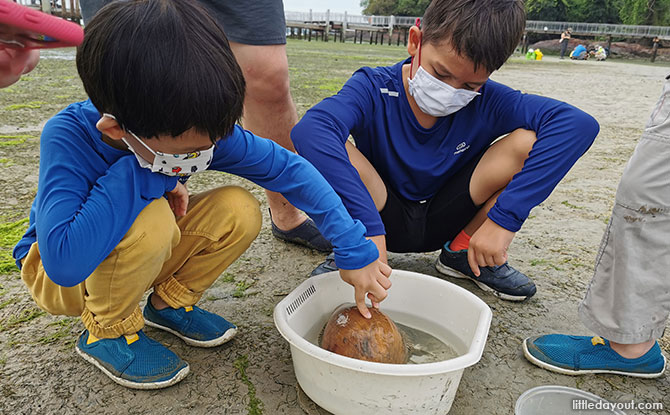
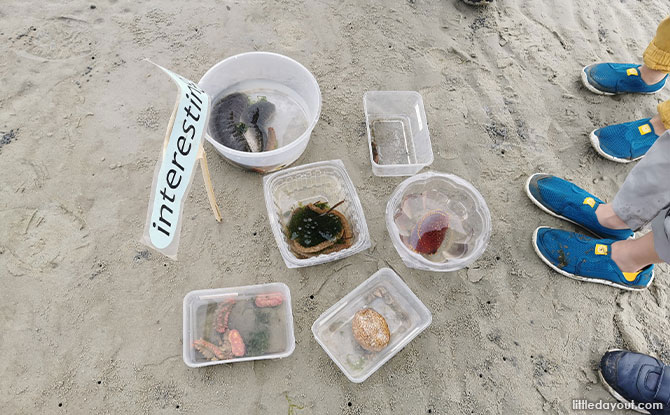
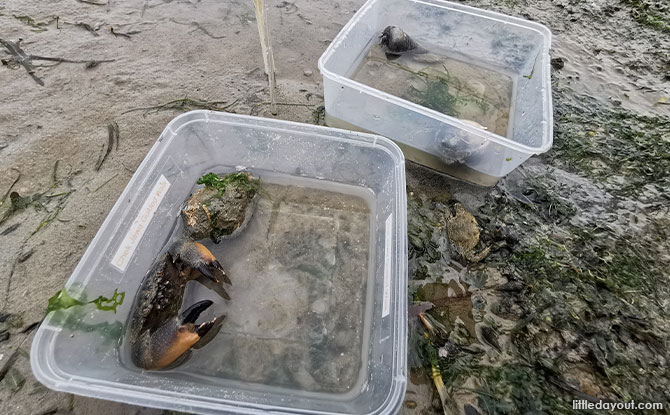
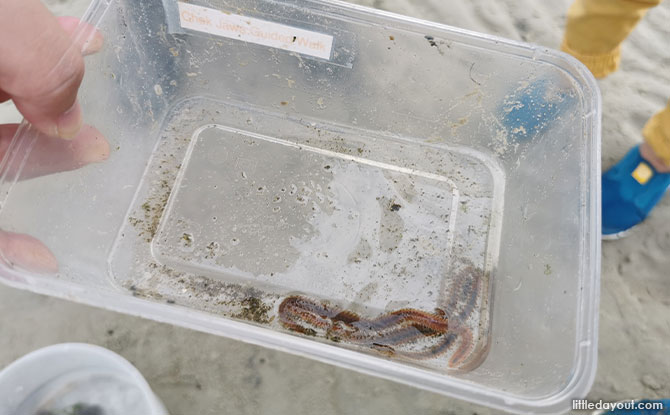
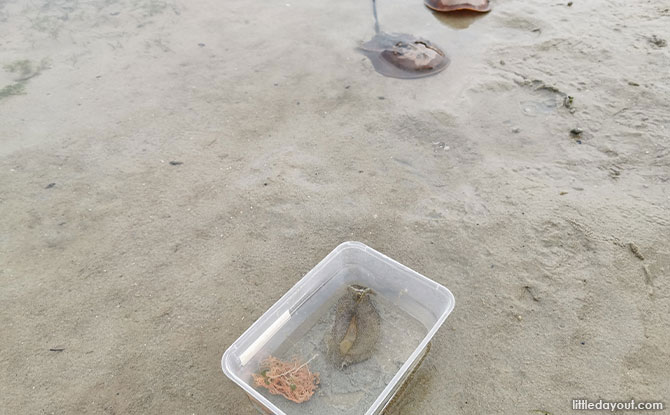
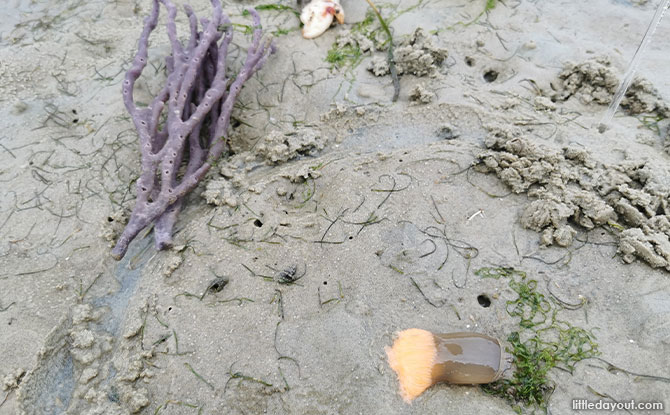
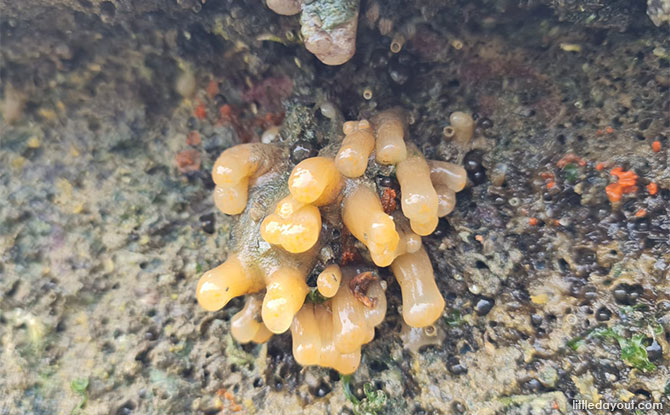
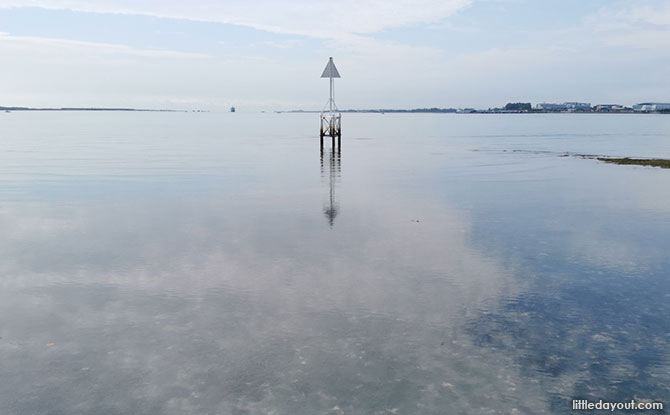



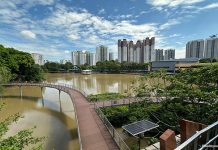
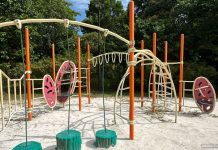
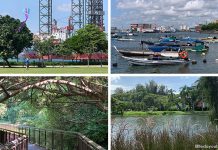


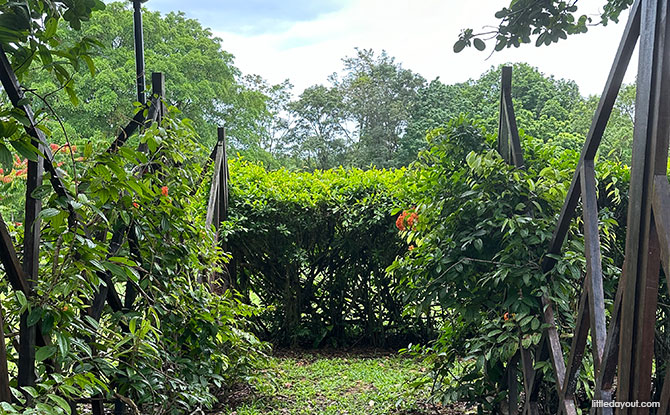
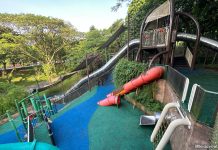

![Amazing Guide To Jurong Lake Gardens: Nature, Play, Learn And Dine [Updated 2024] Quick Guide To Jurong Lake Garden: Nature, Play, Learn And Dine](https://www.littledayout.com/wp-content/uploads/17-jurong-lake-gardens-218x150.jpg)






